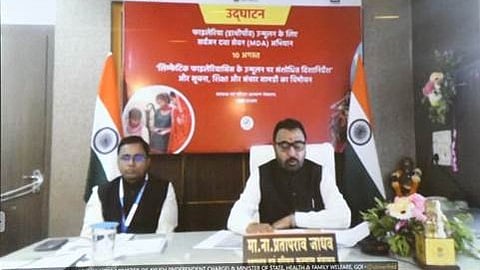Introduction
In a significant move towards eradicating Lymphatic Filariasis from India, the Union Minister of State for Health & Family Welfare, Shri Prataprao Ganpatrao Jadhav, virtually launched the second phase of the Nationwide Bi-Annual Mass Drug Administration (MDA) campaign. This initiative, held on 10th August 2024, targets 63 endemic districts across six states, including Bihar, Jharkhand, Karnataka, Odisha, Telangana, and Uttar Pradesh, with the goal of eliminating the debilitating disease ahead of the global target.
A Focused Attack on Lymphatic Filariasis
The campaign's primary objective is to advance India's mission to eliminate Lymphatic Filariasis by delivering preventive medications directly to the doorsteps of vulnerable populations in endemic regions. This door-to-door administration is crucial in ensuring that 90% of all eligible individuals consume the necessary preventive medicines, a key factor in halting the transmission of the disease.
Unveiling New Guidelines and Resources
At the launch event, the 'Revised Guideline on Elimination of Lymphatic Filariasis' and updated Information, Education, and Communication (IEC) materials were released. These resources are designed to provide a clear and structured approach to eliminating the disease, guiding both health workers and the general public.
Government’s Unwavering Commitment
During his keynote address, Shri Prataprao Jadhav emphasized the preventable nature of Lymphatic Filariasis, a mosquito-borne disease that affects populations across 20 states and union territories in India. He underscored the importance of preventive measures, such as avoiding mosquito bites and consuming anti-filarial medicines, as essential steps to stop the disease's transmission.
The Minister also highlighted the government's broader commitment to public health, noting efforts to provide pucca houses for people currently living in vulnerable mud houses, which increase the risk of mosquito-borne diseases. Additionally, Shri Jadhav mentioned ongoing efforts to develop a vaccine for Lymphatic Filariasis and the provision of Disability Certificates to individuals affected by the disease.


